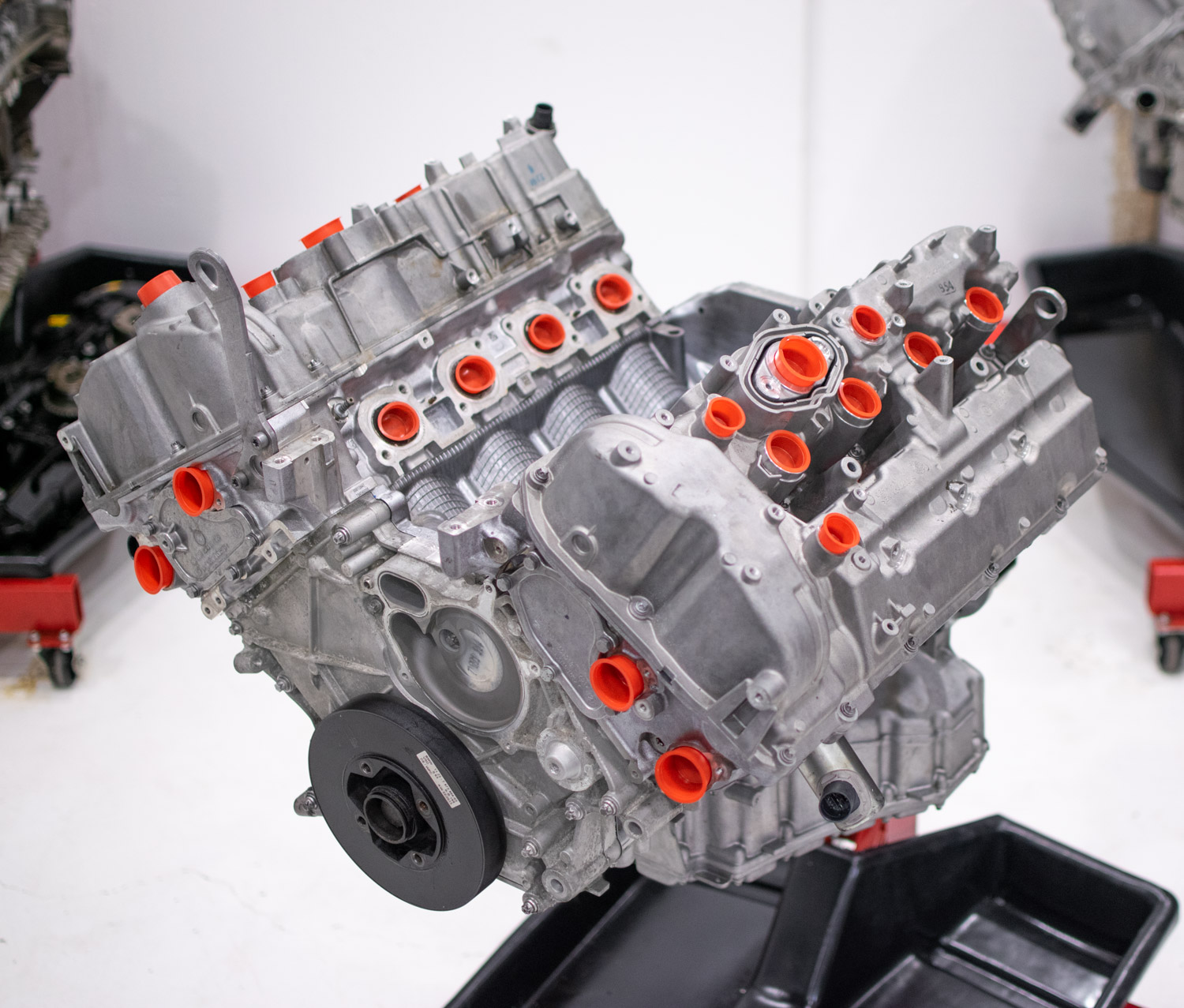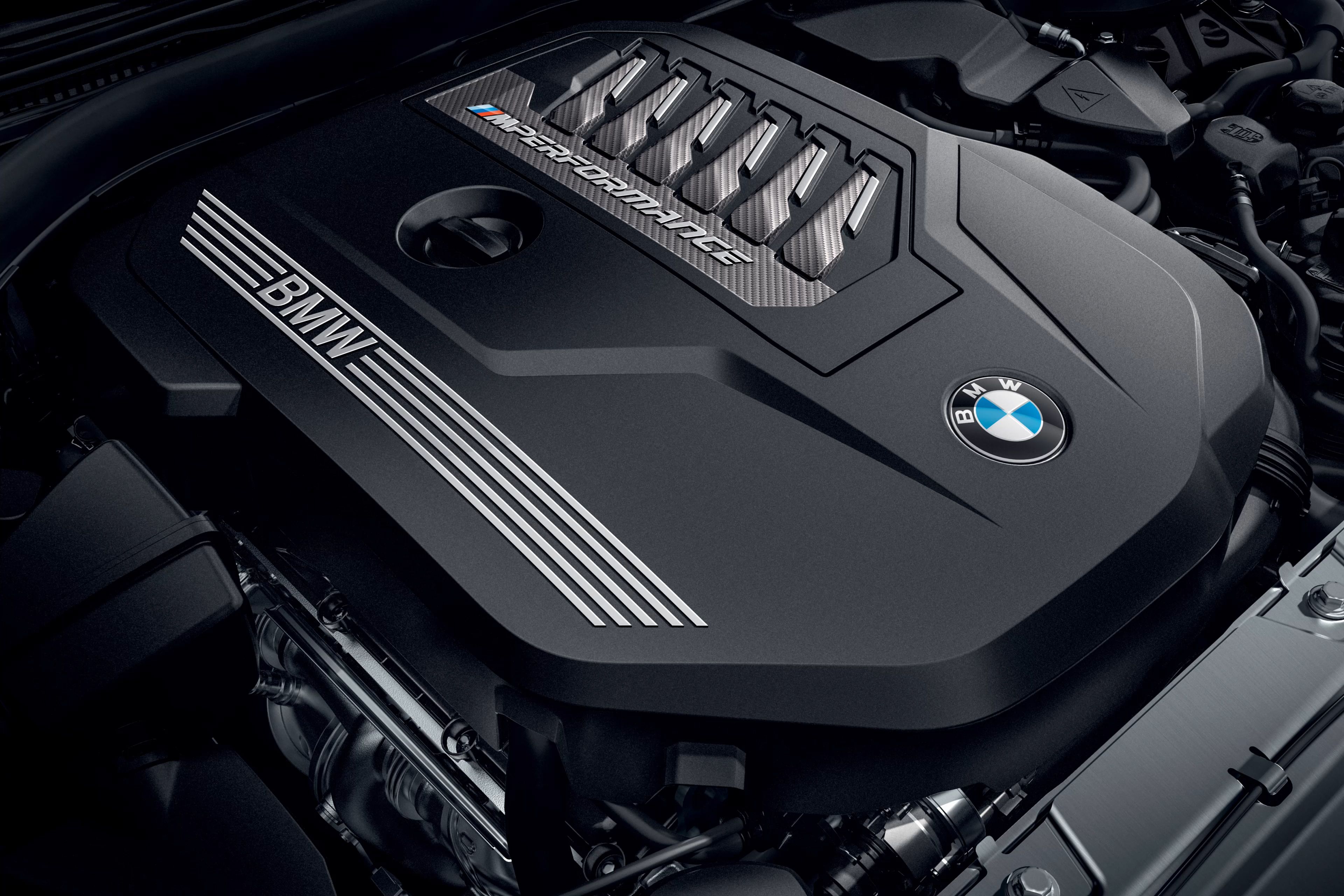Revealing the Intricacies of Next-Generation Power Units: a Deep Dive Into Advanced Engine Innovations and layouts
In the world of vehicle engineering, the relentless quest of performance, efficiency, and sustainability has propelled the development of power devices to unmatched heights. As we base on the precipice of a new period in transport, the details of next-generation engine styles beckon us to discover the advanced modern technologies and developments that assure to redefine the driving experience. From sophisticated products that push the boundaries of resilience and weight reduction to sophisticated turbocharging and supercharging systems that elevate power output to new degrees, each component of these power devices holds a key to opening the future of auto design. Digging much deeper right into the realms of discharge control, smart engine management systems, and the horizon of power device growth, we locate ourselves on the cusp of a change that assures to improve the landscape of wheelchair as we understand it.
Development of Engine Products

The shift towards progressed engine materials has actually additionally enabled engineers to make engines with higher power results while keeping fuel effectiveness requirements. The use of light-weight materials lowers the overall weight of the engine, leading to enhanced fuel economic climate and lower exhausts. In addition, advancements in materials technology have actually enabled far better thermal monitoring within engines, leading to boosted integrity and longevity.
Turbocharging and Supercharging Technologies
How do Turbocharging and Supercharging Technologies revolutionize engine efficiency and performance in modern vehicles? Supercharging and turbocharging are innovations that dramatically improve engine efficiency by enhancing the quantity of air intake right into the burning chamber. Turbocharging accomplishes this by using a wind turbine driven by exhaust gases to pressurize the intake air, while turbo charging uses a belt- or chain-driven compressor to accomplish the same effect.
These technologies allow smaller, a lot more fuel-efficient engines to generate power comparable to bigger ones, called downsizing. Forcibly even more air into the cyndrical tubes, turbo charging and turbocharging improve burning performance, leading to raised horse power and torque output without a considerable boost in engine dimension. This brings about much better velocity, towing capability, and general driving efficiency.
In addition, turbo charging and turbocharging add to boosted gas performance by allowing the use of smaller sized engines that eat less gas under regular driving conditions - bmw engine. This mix of boosted performance and efficiency has actually made turbocharging and turbo charging important components of many modern-day engine designs
Discharge Control and Environmental Influence
With increasing worldwide worries pertaining to air quality and environmental sustainability, the execution of emission control innovations in cars plays a crucial role in minimizing dangerous toxins launched into the atmosphere. Modern cars are geared up with advanced discharge control systems that aid decrease the ecological impact of automotive operations. Catalytic converters, as an example, are made to transform poisonous gases such as carbon monoxide gas, nitrogen oxides, and hydrocarbons right into much less dangerous materials like carbon dioxide and water vapor.
Additionally, developments in engine technology, such as the integration of exhaust gas recirculation systems and selective catalytic decrease, have actually substantially added to lowering emissions. These modern technologies operate in tandem to enhance combustion efficiency and minimize the launch of dangerous contaminants into the air. Additionally, the growth of hybrid and electric lorries stands for an important step towards lowering the general environmental impact of the transport sector.
Intelligent Engine Management Solution

Furthermore, these systems make it possible for cars to meet rigid emissions criteria without compromising efficiency, offering an extra eco-friendly driving experience. The integration of expert system and equipment knowing capacities in engine management systems proceeds to press the limits of what is possible, bring about further enhancements in my review here efficiency, dependability, and total car efficiency. bmw engine. As automobile modern technology advancements, smart engine monitoring systems will play an essential duty fit the future of transportation in the direction of a more reliable and sustainable instructions
Future Trends in Power System Growth
As intelligent engine management systems pave the way for enhanced control and optimization in modern automobiles, future patterns in power system advancement are poised to redefine the landscape of automotive propulsion technologies. These alternative power resources supply enhanced efficiency and efficiency while lining up with strict environmental regulations.
An additional substantial pattern is the assimilation of innovative products and producing techniques. Light-weight materials such as carbon fiber and aluminum are being made use of to minimize general vehicle weight, boosting fuel efficiency and efficiency. Furthermore, developments in 3D printing and additive manufacturing are making it possible for the manufacturing of complex engine parts with higher accuracy and durability.
In addition, expert system and artificial intelligence are playing an important role in maximizing power unit efficiency. These innovations permit for real-time tracking and adaptive control, causing more dependable and reliable power delivery. Overall, future patterns in power unit development are geared towards effectiveness, sustainability, and efficiency, driving the vehicle market towards a new period of propulsion innovations.

Conclusion
In conclusion, the advancements in engine materials, turbocharging, emission control, and intelligent administration systems have led the way for next-generation power systems. These innovations have not only enhanced efficiency and effectiveness yet likewise lowered environmental effect. Our site As modern technology continues to advance, future trends in power system growth are likely to concentrate on more enhancing sustainability and enhancing power result. The detailed designs and advancements in modern-day engines showcase the ongoing development of automotive technology.
Discovering the progressive developments in engine materials has been essential in improving the efficiency and effectiveness of modern-day engines. Over the years, the advancement of engine products has actually played an important function in pressing the borders of what engines can attain.The change in the direction of progressed engine products has actually likewise allowed designers to make engines with greater power outputs while see maintaining fuel effectiveness criteria.The execution of smart engine management systems in modern automobiles has reinvented the means engines are regulated and maximized for efficiency and performance. By accumulating information in real-time and evaluating it with innovative algorithms, smart engine administration systems can adjust to driving designs, ecological aspects, and engine wellness to maximize power outcome while decreasing fuel usage and exhausts.